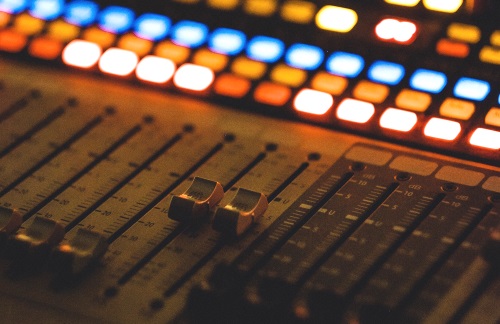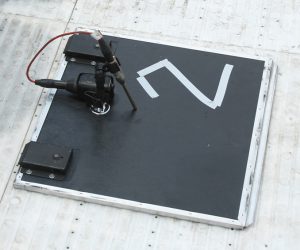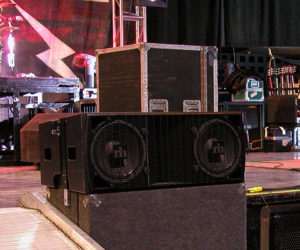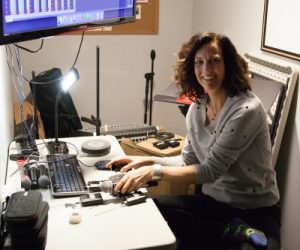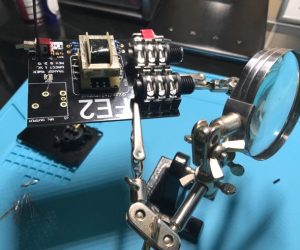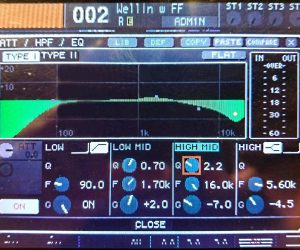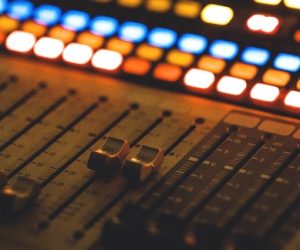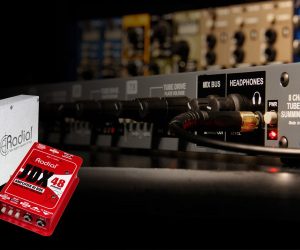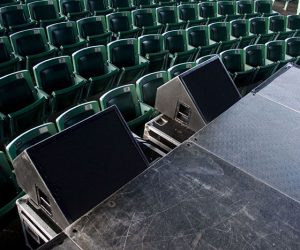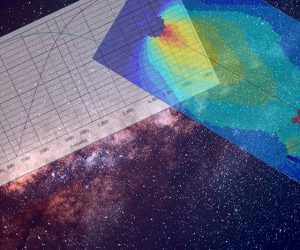I once overheard students talking about a gig that they’d recently done, saying such and such console’s microphone preamp sounded so much better than one in another console. As a big believer in evidence-based audio judgement, I said, “Why don’t you do a double-blind test of the consoles and find out for sure?”
The schedule didn’t work out for those students but when BaiLin He was looking for ideas for his senior “culmination” project I suggested this topic and he was very interested. BaiLin came from China when he was 10, got interested in sound in his church, and eventually found our Entertainment Technology program at City Tech; he took on this project with great enthusiasm.
To make the project manageable, we limited comparisons only to the input stages and the A/D converters of two consoles and used Audinate Dante networking out to avoid D/A conversions. One of the consoles is what use regularly in our program – let’s call it “Console Y.”
Meanwhile, a student at City Tech, Harley Davidson (along with his father Donald), owns another popular console model with a Dante card, and they generously loaned us the board for the test – we’ll call this one “Console Z.” I lined up accomplished guitarist Howard Rappaport (who works as PM/FOH at legendary New York City venue Arlene’s Grocery) to come in and be our sound source.
We used the ABX testing method, where listeners are given a recording of a known and identified A and B, and then asked to identify X, the identity of which is unknown to the listener but is either A or B, selected randomly. Howard, who did not know which console was being recorded at a given time, played as consistently as possible each time, and the same mics and cables were connected to a randomly selected input on either console.
We recorded an AKG C414 set to cardioid and an omni Earthworks M30, both positioned as close as physically possible to each other. Apart from gain matching between the consoles for each mic (done at the input gain stage), no processing (EQ, compression, reverb, etc.) was engaged in either console. The output signal was routed via Dante to a JoeCo Blackbox recorder, so in the end we compared only the consoles’ input stages, A/D converters and internal signal flow to the Dante output.
Using ABX testing, it’s generally accepted that to achieve a 95 percent confidence level in the existence of an audible difference, a listener should be able to clearly identify the unknown X as either A or B at least 9 out of 10 times.
Fifty-eight (58) respondents took our survey, and listening to the AKG C414, only 1 respondent (less than 2 percent) correctly guessed 9 or more unknown X’s. This person reported that they were listening on “2018 Macbook Pro Speakers,” so it’s quite possible that this person just hit the correct guesses by chance. No one (0 percent) guessed 9 or more unknown X’s when listening to the Earthworks M30.
Given the miniscule number of respondents who guessed 9 or more X’s correctly, we feel – given our test setup – that there’s no audible difference between these two consoles up through the A/D converter and internal bus structure. And this agrees with our (Rational Acoustics) Smaart measurements that show a very flat frequency and phase response on both consoles up through about 3 kHz, where Console Z exhibited a slight difference in phase response. It’s conceivable that different source material with more high frequency content could have made this slight phase difference audible.
So is all of this to say there is no difference between the consoles? Of course not. There’s a dramatic difference in build quality between the two, and Console Y (our program’s board) is likely to have more robust circuitry. Further, there could be dramatic and audible differences in the sound quality between the two consoles in EQ, reverb, dynamic control, and more.
To prove those differences, however, would require additional and different testing. But we’ve proven that you can do a double-blind test with virtually no budget, so why not try your own? (You’ll find much more information at http://mixerabxtest.online.)



